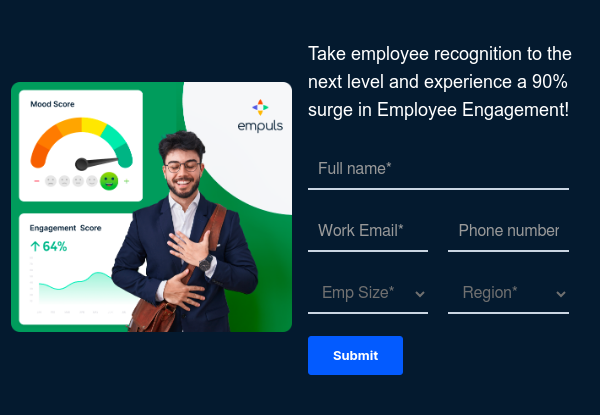Core Competencies
Core competencies are the unique capabilities and strengths that set a business apart from its competitors. These competencies encapsulate the collective knowledge, skills, and resources within an organization, enabling it to deliver value to customers and achieve sustainable growth.
What are core competencies?
Core competencies are the unique capabilities and strengths that set an individual, organization, or entity apart from others in the same field. They represent the collective knowledge, expertise, and resources that enable superior performance and competitive advantage.
What are core competencies in business?
Core competencies in business refer to the specific capabilities, skills, and resources that give a company a competitive edge in its industry. These could include technological expertise, efficient processes, strong customer relationships, or innovative product development.
























